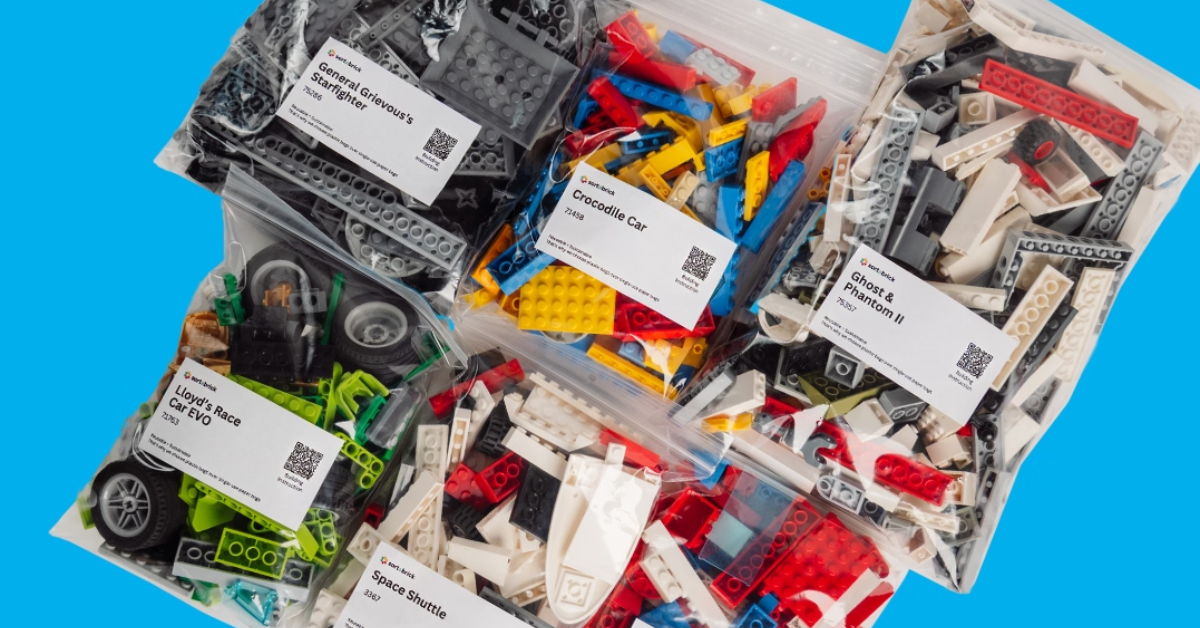Who needs cashmere when you could wrap yourself in a cozy, comfy sweater made from human hair? It's a jump scare, but it might also be the key to a future of sustainable textiles.
.png?width=524&height=393&name=Hustle%20Blog%20IMGs-COOL%20AF-OPTION%202%20(2).png)
The fashion industry itself is pretty frightening: It accounts for 10% of the global carbon dioxide emissions (more than international flights and shipping combined), and makes up a fifth of the 300m tons of plastic produced each year.
Human Material Loop is fighting that problem with another problem. Founded in 2021, the Netherlands-based company says as much as 158m pounds of human hair waste ends up in landfills or incinerators in Europe and it should instead be used as a raw material for clothing.
Though it's not time just yet to don your human-hair sweater, the company is in the final stages of development and is aiming to have products on the market in 2023. It will function as a B2B company, working with existing fashion brands to launch collaborations rather than selling directly to consumers.
 Image courtesy of Human Material Loop
Image courtesy of Human Material Loop
The company is currently sourcing hair waste from salons, though it ultimately hopes to create a system where individuals can contribute their hair waste.
Co-founder Zsofia Kollar says that the company has external collections partners who are responsible for collecting hair from local businesses. The company plans to continue to expand its collection capabilities.
"Our goal is to get every salon to zero waste in every part of the world," she says.
Like lamb or alpaca wool, human hair can similarly be used as a raw material that can be treated and processed to create a textile, which can then be woven into clothing.
The unique keratin protein fiber that makes up human hair can be used as a material to make clothing that is nontoxic, hypoallergenic, lightweight, and warm qualities many are looking for in garments.
If you've watched your hair snap while being brushed and wonder how these garments will withstand normal wear and tear, the startup is on it. The technology used by Human Material Loop treats the hair, deforming the makeup of its fibers and reforming it to be stronger, more durable, and flexible.
 Image courtesy of Human Material Loop
Image courtesy of Human Material Loop
While the company does not publicly disclose its proprietary technology, Kollar says that one method it employs involves green chemistry, which uses the physical properties of hair with minor alterations. A second technology builds a completely new fiber from hair.
To prove the concept, Kollar's co-founder, Leonardo Antonio Avezzano, is wearing the company's prototype gear during an expedition to Aconcagua, Argentina, where he will test the pants and jacket in the harsh outdoors. The company is currently documenting the journey on social media.
Human Material Loop is kicking off with knit sweaters and hair-filled cold-weather gear, but Kollar says the possibilities are endless for the types of products they'll one day create.
"We do think that we can find a lot of markets for usage, but it depends how people react to it," says Kollar. "Home textiles, carpets, curtains, upholstery, fabric, and fashion. Sneakers will be one of the first markets."
So you heard it here first: Human hair kicks dropping 2023.
.jpg?width=48&height=48&name=IMG_2563%20(1).jpg)










